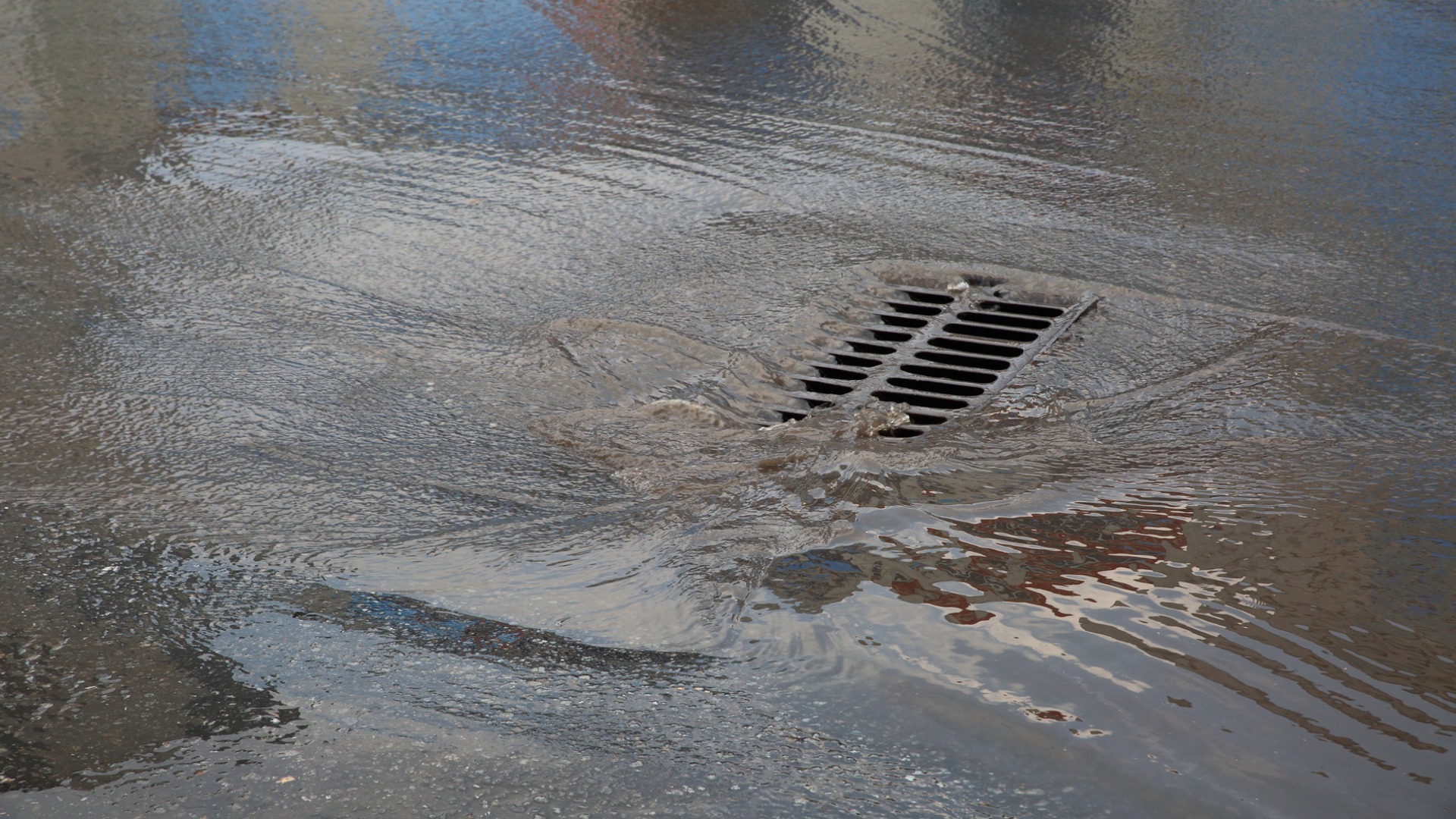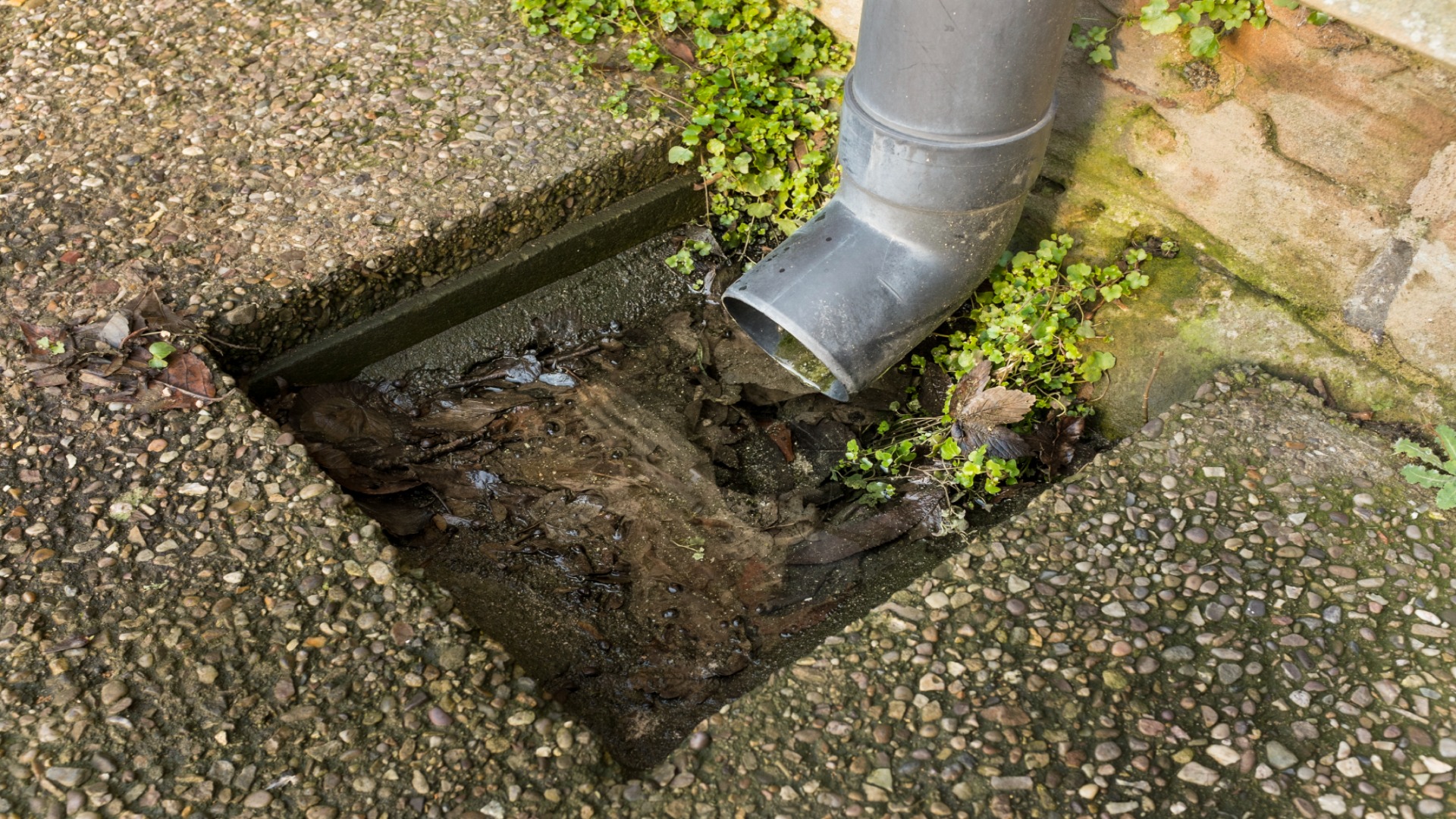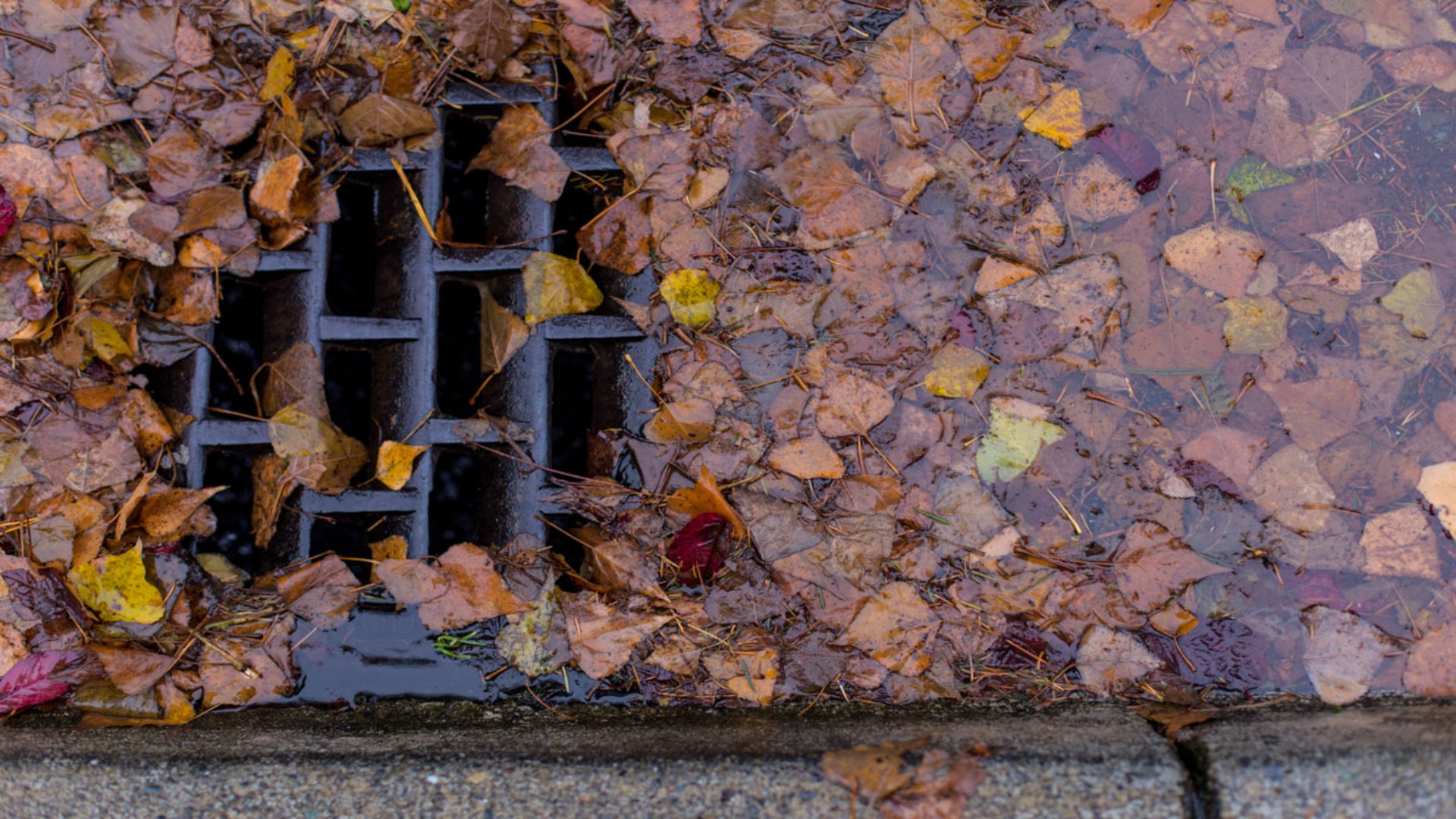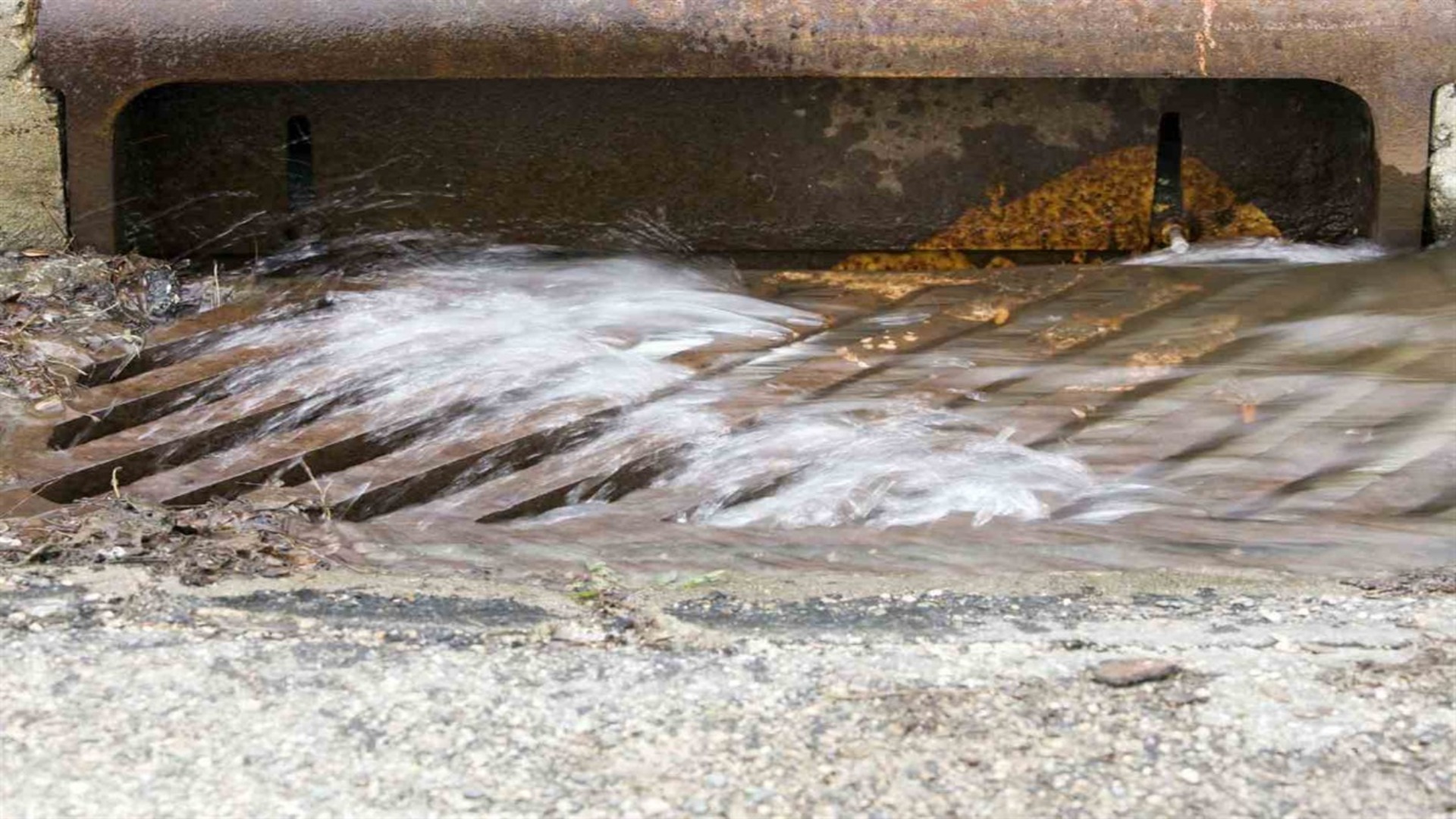7:00AM to 5:00PM

Effective stormwater drainage is crucial for preventing property damage and maintaining the overall integrity of your home. However, when stormwater drains become blocked, they can lead to many problems that shouldn’t be ignored. From minor inconveniences to significant structural damage, the signs of a blocked stormwater drain should be recognised and addressed promptly.
This blog post will explore the common indicators of stormwater blockage drains that homeowners and property managers should know. By understanding these signs and taking proactive measures, you can mitigate potential risks and ensure the smooth functioning of your stormwater system.
So, let’s learn about the signs you should never ignore regarding a blocked stormwater drain.
Homeowners and local governments must understand how stormwater drainage systems function to manage runoff and prevent flooding properly. These systems collect and channel excess rainwater and snowmelt away from buildings and roads through ditches, gutters, gutter guards, pipes, and storm sewer infrastructure.
Runoff typically flows into roadside drains and drop inlets, funnelling water underground through culverts and pipes. This often leads to a nearby waterbody such as a river, stream, lake, or ocean. Larger municipalities usually have complex municipal separate storm sewer systems (MS4s) that convey runoff through multiple interconnected channels.

The goal of any stormwater drainage system is to safely transport precipitation away from developed areas within a specific timeframe to prevent ponding. However, these systems can become overwhelmed during heavy rains if inlet stormwater grates are blocked or pipes are restricted due to lack of maintenance.
Property owners and municipalities must work together to clear stormwater drainage pathways through preventative cleaning and inspections to avoid costly flood damage.
If not adequately managed and prevented, frequent factors can obstruct stormwater drainage systems. One of the most prevalent issues is the accumulation of debris and other materials that wash into drains during rainstorms. Leaves, sticks, litter, mulch pieces, and other yard waste flushed from properties are major contributors to blockages. Areas with dense tree canopy are particularly at risk when deciduous trees drop their leaves en masse in the fall.
Improperly secured solid waste bins or loose construction materials left outdoors can also enter drains. Meanwhile, overgrown vegetation such as shrubs, groundcover plants, and trees frequently intrude into pipes and channels with encroaching root systems over the years.

Certain tree roots, especially, are very effective at penetrating subsurface infrastructure in search of water. Once established inside tight drainage spaces, roots swelling from seasonal growth cycles or water absorption can slowly strangle or even split pipes apart.
Another common drain-clogging culprit is fats, oils, and greases dumped from kitchen sinks. Food byproducts and cooking residuals that solidify coat pipe interiors and progressively reduce water flow areas. Settled sediment transported by stormwater runoff accumulating in drains at low points diminishes capacities. Another common sign of a sewer blockage is that your home’s shower drain, sinks and toilet may present with gurgling sounds or begin to overflow.
Contractors additionally sometimes fail to sweep work sites thoroughly, leaving debris that blocks inlets. These factors build upon each other, progressively worsening drain clogs if not routinely addressed through cleaning and maintenance by homeowners associations or municipalities.
Homeowners and property owners must know the signs that a stormwater drain may be blocked. Some key indicators of a blocked drain include:
Standing water or pooling not draining after a rainstorm indicates a drainage problem. Water cannot flow through a blocked drain.
When it rains, a gurgling or bubbling sound from drains or manholes can indicate trapped water with no outlet.

Sinks, tubs, or other areas that take unusually long to drain out after use may indicate an upstream blockage limiting flow.
Strong odours from drains can be caused by sewage backing up due to a blockage further down the line.
Flooded areas or water intrusion into buildings during rainstorms is an emergency sign that drain capacity has been exceeded due to a blockage.
If blocked stormwater pipes are left unaddressed, it can lead to severe issues that escalate over time. One of the most immediate dangers is flooding, as water will back up above ground when the drainage system is compromised and at capacity. Even small amounts of standing water can cause costly property damage through moisture intrusion into building materials.
Basements and lower levels are especially at risk for water damage to floors, walls and contents. Prolonged flooding also increases the threat of infrastructure damage, as saturated soil and continuous pressure can undermine foundations and roadways.
Health risks also expand when standing water is allowed to pool, as it creates a prime breeding habitat for mosquitoes and other pests that spread illnesses. Stagnant floodwaters also pose contamination risks if residential or commercial chemicals are washed into the overflow. Environmental damage may occur, too, as polluted runoff spills into nearby streams and lakes, affecting water quality.

Neglected blockages, like collapsed pipes, can accelerate system deterioration and outright failures. Homeowners may face expensive repairs and legal battles if flooding spreads to other properties.
Municipalities dealing with overwhelmed drainage networks will see maintenance budgets strained and safety services hampered during storms. With proper preventative maintenance, most of these costly consequences can be avoided before they arise.
Many proactive steps can be taken to help prevent blockages in stormwater drainage systems and keep water flowing freely. Regular visual inspections of all inlet structures, outfalls, culverts, and accessible segments of underground piping allow any developing issues to be identified and addressed before becoming severe problems.
A scheduled maintenance program establishes set timeframes for activities like debris cleanups, jet vacuuming of lines, root cutting, and sediment removal from low spots. Keeping nearby landscaping well-managed so leaf litter and small branches do not accumulate near drains pays dividends.
Street sweeping programs that periodically vacuum up sand and grit from roadways before it washes away can significantly reduce long-term deposits. Adjusting municipal land use codes to limit the planting of root-invasive trees under or adjacent to drainage infrastructure also helps future-proof systems.

Public education encouraging proper disposal of fats, oils, and greases can influence household behaviours that lead to blockages. New installations should incorporate accessible cleanout ports to facilitate routine flushings and consider self-clearing velocities.
Communities benefit from coordinated efforts between public works, parks, and inspection departments to comprehensively address municipal and privately owned infrastructure as part of capital improvement plans. Contingency measures like temporary pumps and sandbags ensure preparedness for heavy storms. Consistent prevention and maintenance by all stakeholders can significantly extend the service lifespans of drainage assets and reduce long-term management costs from repairing damage from neglected systems.
Promptly addressing signs of stormwater drain blockage is essential for preventing further drainage issues and potential property damage. If you notice any warning signs discussed in this article, like ponding water, soggy yards, or plumbing backups following rainstorms, it’s best to get professional assistance.
The experts at Gold Coast Plumbing Experts have extensive experience evaluating and unclogging blocked drainage systems. We can quickly determine the source of blockages and have the tools and equipment to clear restrictions from any part of your drain network.
By catching problems early, more extensive repairs or renovations can often be avoided. Don’t ignore signs that your critical stormwater drains need attention.
Contact the friendly Gold Coast Plumbing Experts team today to discuss your drainage concerns and schedule an inspection. Our skilled technicians can ensure your drains flow freely to protect your home or business.